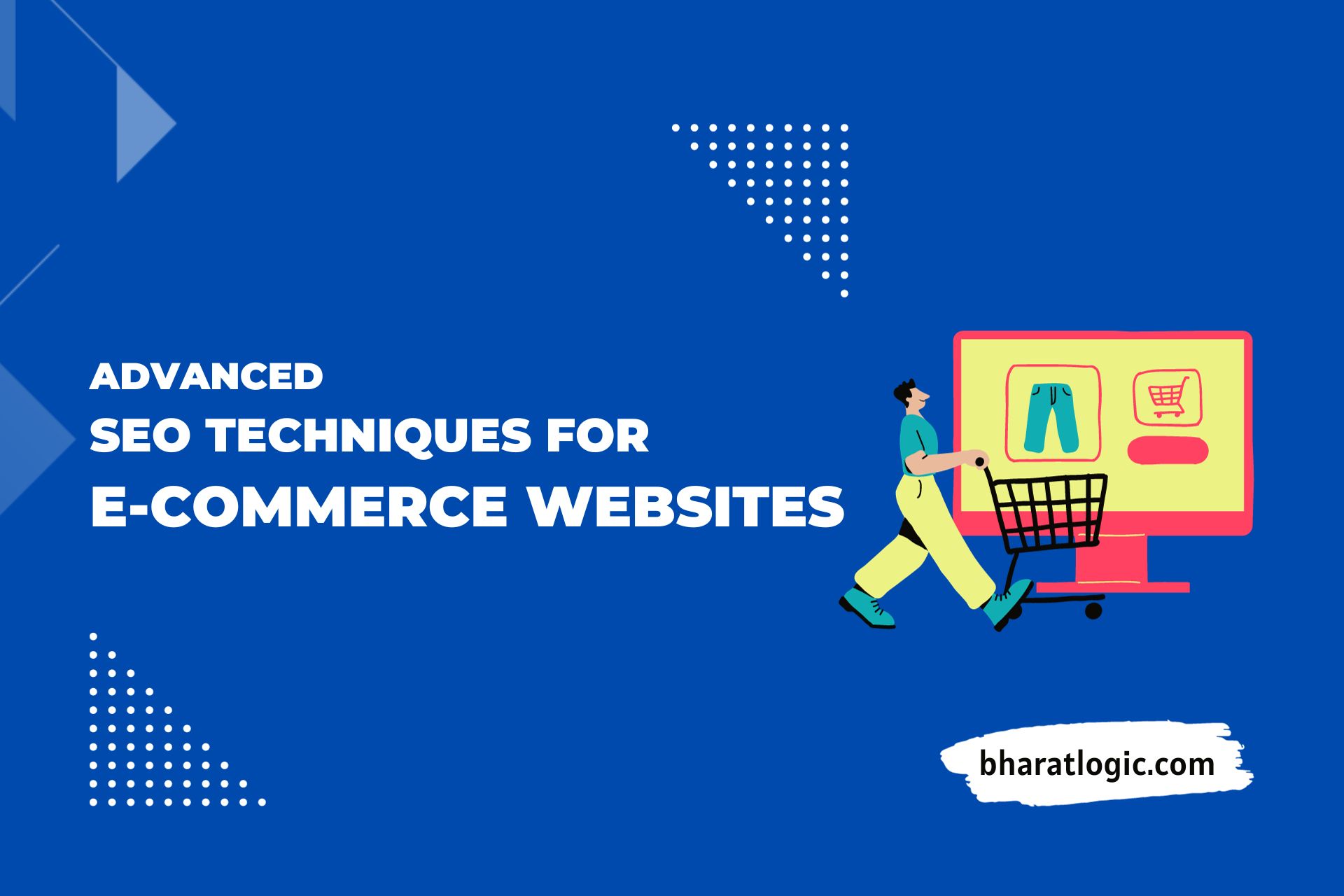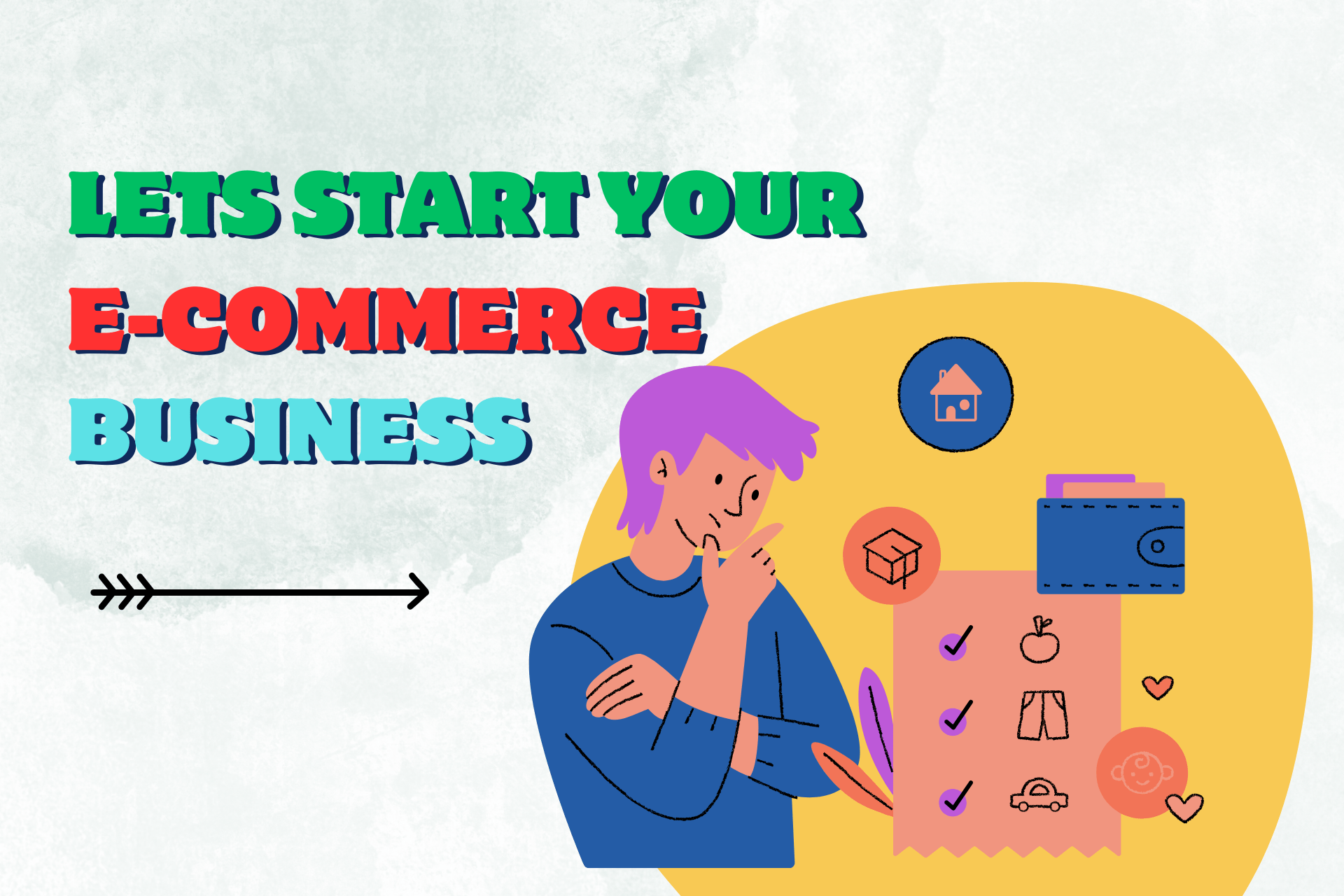Advanced SEO Techniques for E-commerce Websites | BharatLogic
In the ever-evolving digital landscape, e-commerce websites are constantly seeking ways to gain a competitive edge. Search Engine Optimization (SEO) remains a potent tool to boost visibility, increase traffic, and ultimately enhance sales. As an e-commerce business owner, you’re likely aware of the significance of SEO, but are you fully leveraging its potential?
In this article, we will delve into advanced SEO techniques tailored specifically for e-commerce websites. We will explore various strategies and approaches to help your online store rank higher, attract more organic traffic, and convert visitors into customers. Let’s embark on this journey to unlock the true potential of your e-commerce venture.
Understanding the SEO Landscape
Before diving into advanced techniques, it’s essential to grasp the fundamentals. SEO is a multifaceted discipline, and e-commerce SEO has its unique challenges. To succeed, you need a solid foundation.
Comprehensive Keyword Research
Start with thorough keyword research that aligns with your products and customer search intent. Utilize tools like Google’s Keyword Planner and SEMrush to identify high-converting keywords.
Keyword research serves as the backbone of your SEO strategy. By identifying the most relevant keywords, you can ensure that your content and products are visible to the right audience. Look for keywords that closely relate to your products and understand the search intent behind them. Consider both short-tail and long-tail keywords. Short-tail keywords are broader and drive more traffic, while long-tail keywords are specific and target potential customers who are closer to making a purchase decision.
Additionally, pay attention to keyword search volume, competition, and trends. High-converting keywords are those with a balance between decent search volume and manageable competition. Remember that the goal is not just to rank but also to attract users who are likely to convert.
Optimize Product Descriptions
Each product page is a golden SEO opportunity. Craft compelling and unique product descriptions that include relevant keywords. Ensure that your content is engaging and informative.
Product descriptions are more than just a list of features. They are your chance to communicate the value of your products to potential customers. When optimizing product descriptions for SEO, follow these best practices:
- Keyword Inclusion: Incorporate your target keywords naturally within the product description. This not only enhances your SEO but also helps potential buyers find your products.
- Engagement: Make your product descriptions engaging and compelling. Describe how the product solves a problem or fulfills a need. Use persuasive language to encourage users to take action.
- Unique Content: Avoid using manufacturer-provided descriptions. Instead, create unique, original content that sets your products apart from the competition.
- Clear Formatting: Use bullet points, subheadings, and short paragraphs for easy readability. Customers should be able to skim the description and quickly understand the product’s benefits.
- Visuals: Include high-quality images and multimedia elements that showcase the product from different angles and in various contexts.
- Reviews and Ratings: If applicable, display user reviews and ratings. Positive feedback can boost consumer confidence.
Optimizing product descriptions goes beyond SEO. It’s about creating an enticing and informative shopping experience for potential buyers. When customers find what they’re looking for, they’re more likely to convert.
Mobile Optimization
With mobile users on the rise, your site must be mobile-responsive. Google prioritizes mobile-friendly websites, so optimize for a seamless mobile experience.
Mobile optimization has become a critical aspect of e-commerce SEO. As more users browse and shop on their mobile devices, it’s essential to ensure that your website is responsive and user-friendly on smartphones and tablets.
Here’s how you can optimize for mobile:
- Responsive Design: Use a responsive design that adapts to different screen sizes. This ensures that your website looks and functions well on mobile devices.
- Page Speed: Mobile users expect fast-loading pages. Compress images and minimize code to improve loading times.
- User-Friendly Navigation: Simplify menus and navigation for a touch interface. Make it easy for users to find products and information.
- Mobile-Friendly Content: Ensure that text is easily readable on smaller screens without zooming. Buttons and links should be well-spaced for touch.
- Local Optimization: If you have physical stores, optimize for local search. Many mobile users are looking for nearby businesses.
Mobile optimization isn’t just about SEO; it’s about providing an excellent user experience. Google recognizes this and rewards mobile-friendly sites with higher rankings in mobile search results.
Advanced Techniques for E-commerce SEO
Now, let’s delve into advanced SEO techniques that will set your e-commerce website apart from the competition.
Schema Markup
Implementing schema markup can significantly enhance your search engine listings. This structured data helps search engines understand your content better, resulting in rich snippets that attract users’ attention.
Schema markup is like giving search engines a detailed road map of your content. It helps search engines grasp the context of your web pages, making your content eligible for rich results, such as featured snippets, knowledge panels, and more. These rich snippets can be a game-changer in attracting users’ attention and increasing click-through rates.
Image Optimization
E-commerce sites rely heavily on images. Optimize your images by compressing them without compromising quality. Use descriptive filenames and alt text to improve accessibility and SEO.
Images are crucial for e-commerce, but they can also slow down your site if not optimized correctly. Here’s how to make the most of your product images:
- Compression: Reduce the file size of images while maintaining visual quality. Smaller images load faster, improving your site’s speed.
- Descriptive Filenames: Give images meaningful filenames that describe the product. This not only helps SEO but also aids visually impaired users who rely on screen readers.
- Alt Text: Alt text is crucial for accessibility. It describes the image to those who cannot see it, and it’s used by search engines to understand the content of the image. Make sure it’s descriptive and concise.
Image optimization is about balancing visual appeal with site performance and accessibility. Well-optimized images enhance your website’s user experience and SEO.
User-Generated Content
Encourage customers to leave reviews and ratings. User-generated content not only builds trust but also provides fresh, relevant content for search engines to index.
User-generated content, such as reviews and ratings, is a valuable asset for e-commerce SEO. Here’s why it matters:
- Trust Building: Genuine user reviews build trust with potential customers. They provide social proof that your products are of high quality.
- Fresh Content: User-generated content is continuously updated. Search engines favor websites with fresh, relevant content, as it indicates an active and engaging community.
- Long-Tail Keywords: User reviews often contain long-tail keywords that match specific search queries. This broadens your site’s visibility in search results.
Encouraging customers to leave reviews and ratings not only boosts your site’s credibility but also supports your SEO efforts.
Technical SEO Audit
Regularly conduct a comprehensive technical SEO audit. Identify and fix issues such as broken links, duplicate content, and slow loading times. Google rewards well-maintained sites with higher rankings.
Technical SEO is the backbone of your e-commerce site’s performance in search results. A technical audit helps you maintain a healthy and efficient website. Here’s what to focus on:
- Broken Links: Identify and fix broken links, which can harm the user experience and SEO.
- Duplicate Content: Search engines penalize websites with duplicate content. Ensure each page offers unique value.
- Site Speed: Slow-loading pages frustrate users and impact SEO. Optimize for speed by compressing images and minimizing code.
A well-maintained website not only satisfies users but also gets a nod from search engines. Regular technical audits help you identify and rectify issues before they affect your rankings.
Enhance Your Digital Marketing Strategy with BharatLogic
Incorporating BharatLogic’s digital marketing expertise can be a game-changer for your business. Our tailored solutions, data-driven SEO, engaging content, and strategic PPC advertising are designed to boost your online visibility, attract more visitors, and convert them into loyal customers. With our team of experts and a keen focus on analytics, we’ll help you stay ahead in the ever-evolving digital landscape. Choose BharatLogic to enhance your digital marketing strategy and elevate your online success
The Conclusion: A New Beginning
In conclusion, advanced SEO techniques are the gateway to ensuring your e-commerce website thrives in a competitive digital landscape. By understanding the SEO landscape, implementing advanced strategies, and creating engaging content, your online store will not only climb the search engine rankings but also foster trust and loyalty among your customers.
Remember, SEO is an ongoing process. Stay updated with the latest SEO trends, adapt to algorithm changes, and consistently refine your strategies. With dedication and the right techniques, your e-commerce website can reach new heights in terms of visibility, traffic, and, ultimately, sales. It’s time to put these advanced techniques into practice and watch your online business flourish.




